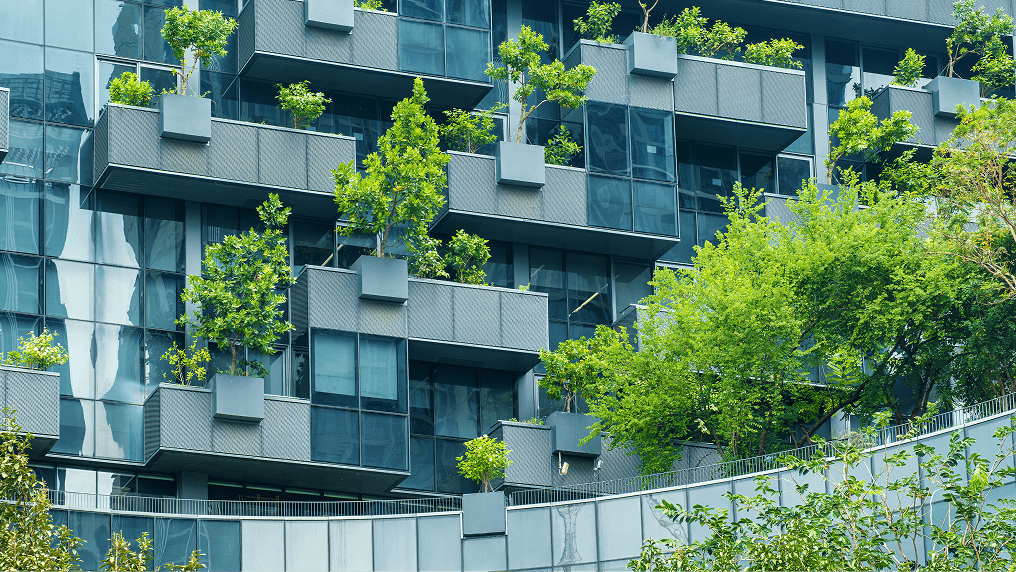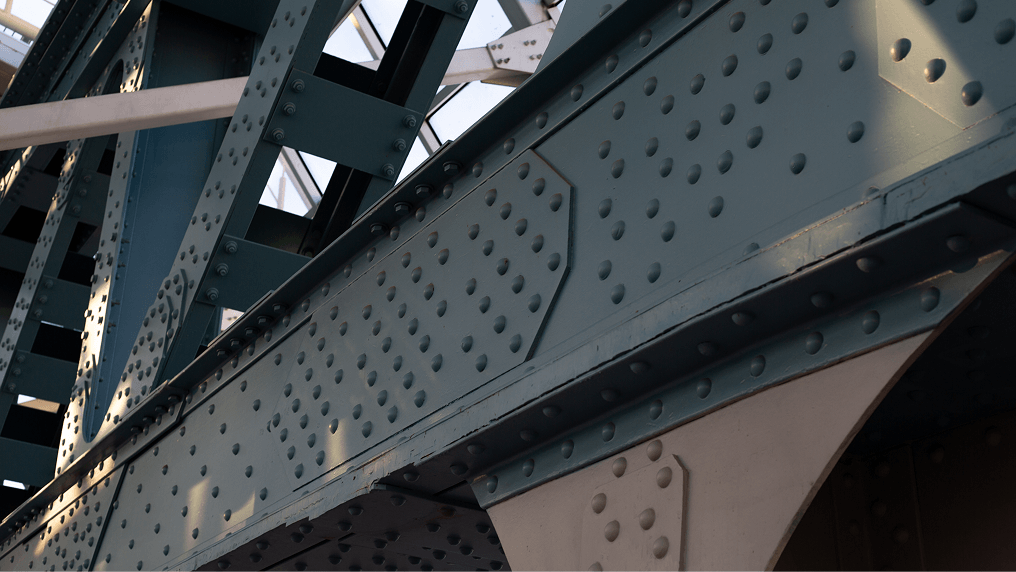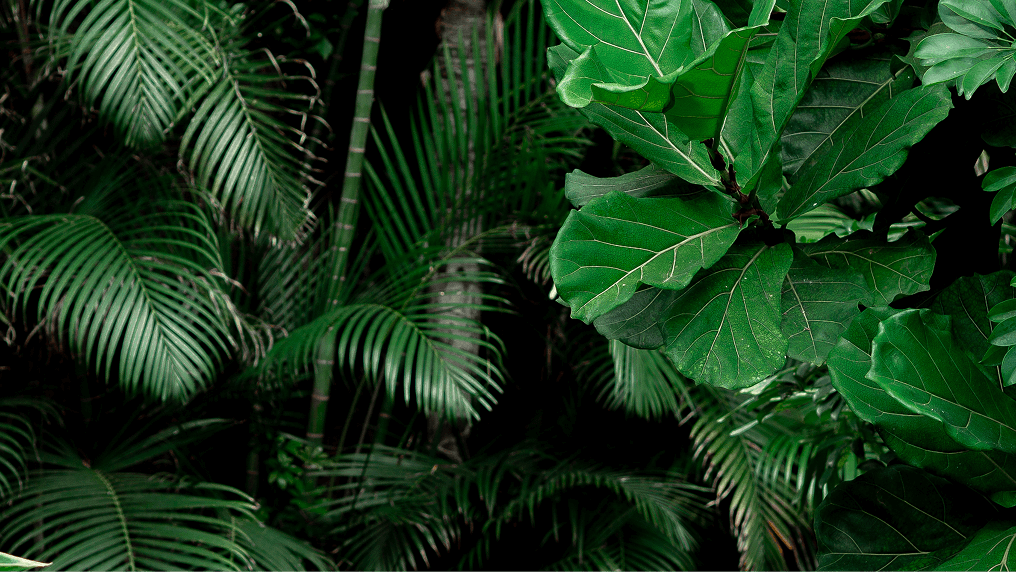Quay Quarter Tower, originally built in 1976, has been the centrepiece of Sydney’s harbour area revitalisation. Since 2018, the building has been undergoing a redevelopment which will see a height increase, the construction of additional floorspace, and a modernisation of the building’s entire design. Instead of demolishing and constructing a new building, which usually occurs with any major urban development and leads to waste generation and resource demand, Arup and Danish architects 3XN took an adaptive reuse approach to convert the existing building and prepare it for a new use.
Biodiversity benefits
The adaptive reuse approach retained 68% of the building’s structure, which reduced the need for virgin material extraction and retained a part of the tower’s embodied CO2 equivalent to 10,000 flights from Sydney to Melbourne. In doing so, the renovation was able to reduce its contribution to the overexploitation of natural resources and to climate change, thereby minimising the project’s impact on biodiversity.
This page is part of a deep dive into biodiversity and the built environment, where we delve deeper into leaving room for biodiversity by reducing pressures on natural resources.






